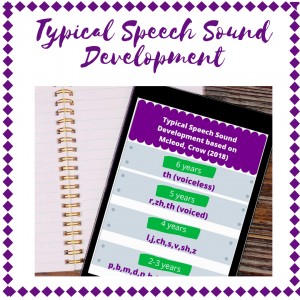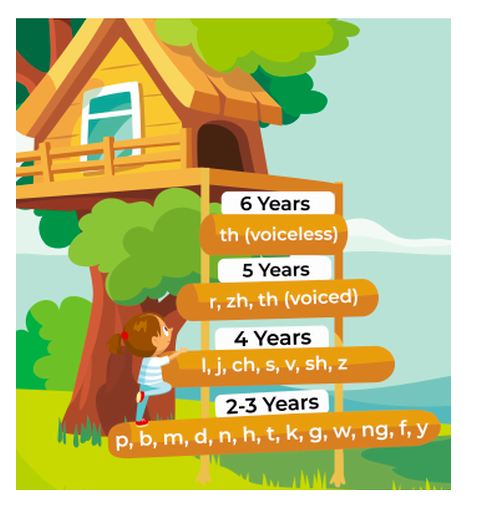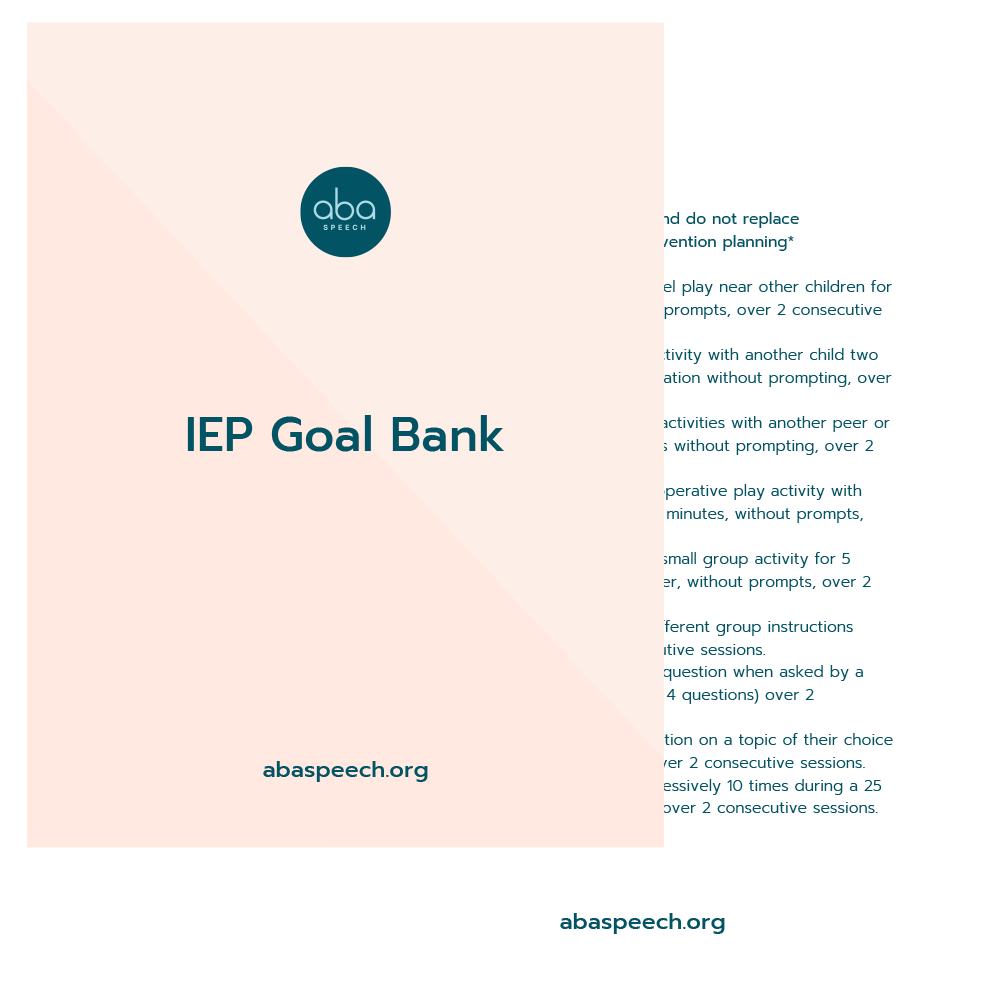
Hearing our children start to talk is a joyous event!! As our children grow and talk more, at times it can be difficult to understand all of the sounds that they use. It is normal for young children to say some sounds wrong. Knowing if this is a typical part of development or something to be concerned about can be overwhelming. I will share with you today typical speech sound development and what to do if you are concerned about your child’s clarity of speech. Make sure to get your free typical speech sound development guide at the end of this blog post .Just put your email in and it will come right to you!
Speech is how we say sounds and words. Speech includes articulation ( how we make sounds), voice ( how we use our vocal folds and breath to make sounds) and fluency ( the rhythm of our speech). ( Citation ASHA)
Mcleod and Crow (2018) analyzed children’s consonant acquisition in 27 languages by doing a review of research. Below is a graphic based on that research. The graphic details the average age children learn to pronounce English consonants correctly. Thank you to Charles Sturt University for the following graphic based on the work of Mcleod and Crow (2018).

Signs of a speech disorder in young children include:
At 1-2 years not saying p, b, m, h, and w the right way in words most of the time. At 2-3 years not saying k, g, f, t, d, and n the right way in words most of the time. Being hard to understand, even to people who know the child well.
If you are concerned about your child’s development it is important to get help early. Notify your doctor and/or your local school district. Look for a certified speech language pathologist in your area.
Want to help your child in the home environment with speech sounds? ASHA (2020) suggests:
- “Saying sounds the right way when you talk. Your child needs good speech models.”
- “Not correcting speech sounds. It is okay if your child says some sounds the wrong way.”
Make sure to get your free typical speech sound development guide at the end of this blog post .Just put your email in and it will come right to you!
References
American- Speech-Language- Hearing Association. Early Identification of Speech, Language, and Hearing Disorders (Downloaded on June 14,2020) https://www.asha.org/public/Early-Identification-of-Speech-Language-and-Hearing-Disorders/
Mcleod, S. & Crow, K (2018). Children’s Consonant Acquisition in
27 Languages: A Cross-Linguistic Review. American Journal of Speech-Language Pathology • Vol. 27 • 1546–1571

0 Comments